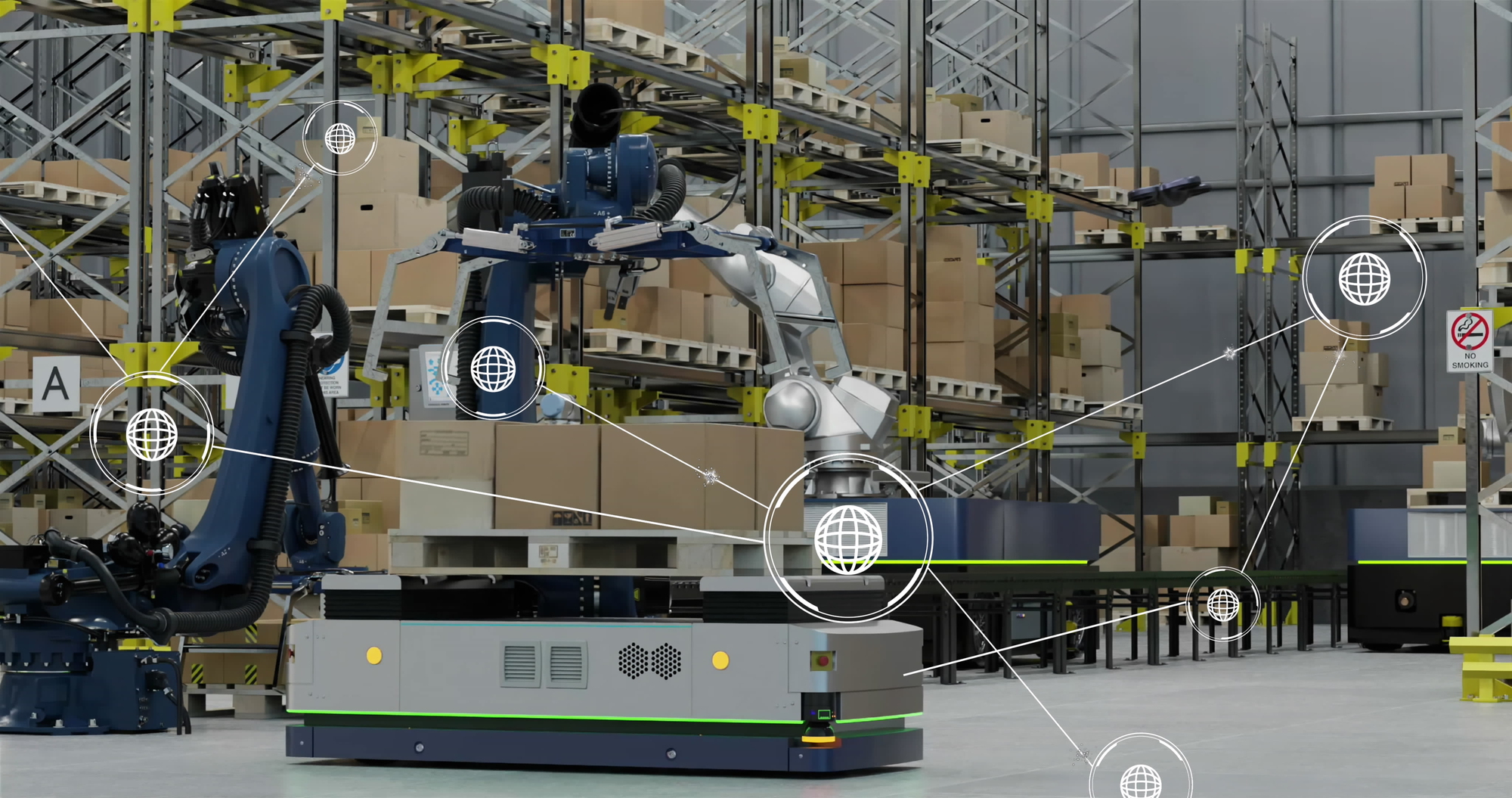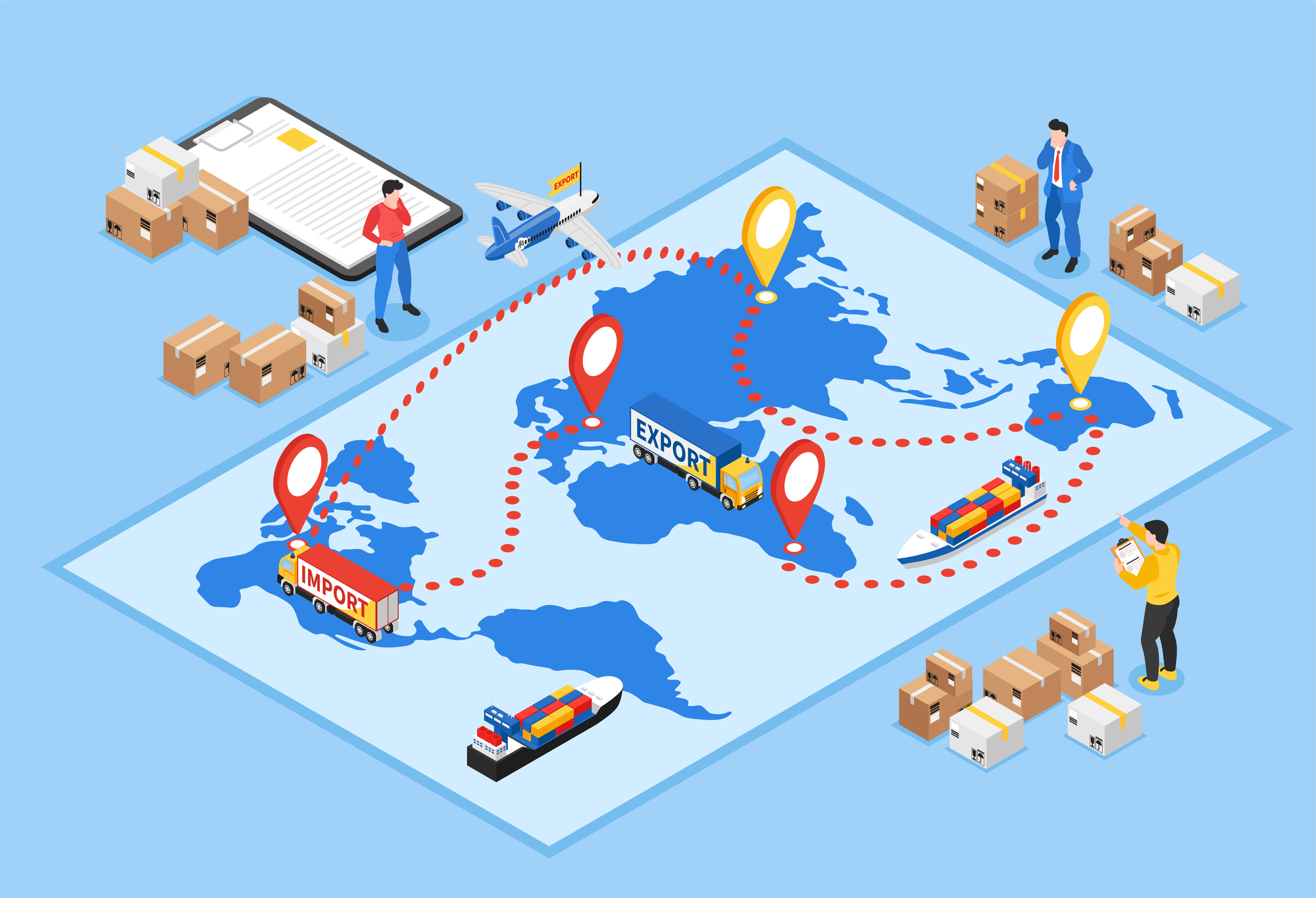In our recent blog post, Why Top Manufacturers are Leveraging Digital Supply Chain to Support ESG Goals, we talked about how inefficiencies in the supply chain (and the pandemic proved that there are many) have an enormous impact on the environment. The key trends driving digital supply chain transformation strategies that also drive environmental and social governance (ESG) goals focus on transportation, materials, and facilities maintenance management.
Transportation Management: a highly progressive approach
Leveraging transportation management to impact ESG goals is a highly progressive approach. And while the costs to implement may be higher, the impact on ESG is also high. Some ways managing transportation impacts environmental and social governance initiatives include:
- Reduce costs and improve service with streamlined transportation management processes.
- Track emissions across short- and long-term views to see where key problem areas lie.
- Reduce fuel use and switching to cleaner fuel and energy sources to reduce pollution levels.
- Improving working conditions for drivers and other workers with regulating hours, safety measures, and health initiatives.
- Embracing new supply chain tools and innovative technology designed to track, trace and improve shipping.
Materials Management: current standard and mainstream approach
Improving materials management processes is the current standard and mainstream approach to incremental ESG improvements. While there are increased costs, the impact on ESG produces a rather minimal return, while business processes are improved overall.
- Automate systems and platforms to integrate into the system for improved efficiency.
- Examine the production chain, streamline packaging and identify materials that could be reused or recycled in environmentally responsible ways.
- Convince suppliers to ship parts in reusable containers such as styrofoam packaging and incentivise savings to organizations to send back for multiple uses.
- Recycle cardboard, paper, aluminum cans, pallets and some plastics, like polyethylene and polypropylene.
- Developed protocols to separate recyclable materials, address employee-generated food waste and incinerate excess to generate energy.
Facilities Maintenance Management: emerging approach
The emerging approach to driving towards ESG goals is in more straetgically managing maintenance supplies for facilities – whether production facilities, schools, or retail sites. The costs reduce over time, and the impact on environmental initiatives produces a rather high return due to the visibility and increased control.
- Streamline sourcing and procurement processes to promote sustainability and supply chain resilience.
- Improve warehouse management with optimized planning and automated processes around forecasting, allocation, and replenishment.
- Remove wasteful procurement by integrating warehouse inventory into custom catalogues for service providers and maintenance technicians to order directly through.
- Leverage spend across multiple facility locations, hold critical spares on site for revenue generating assets.
- Improve FM KPI performance around asset uptime, wrench time, and reduce spending, freeing revenue for ESG performance initiatives.
Recommended approach to shift into eco-friendly supply chain transformation
Driving positive ESG performance and reporting confidently on it demands that your organization has the tools and knowledge needed to transform your ESG commitments into action. Organizations need to integrate ESG objectives into their operational strategy. My recommendation is to start small by implementing sustainable projects specifically within the facilities maintenance operations program and quantify the end result into terms of environmental impact. This allows organizations to improve operations while building a business case for climate change. Over time, facilities can move from reactionary to preventive strategies and then finally to predictive strategy where ESG performance can grow. Once the FM supply chain is resilient and efficient, organizations are better positioned to explore riskier, higher profile ESG initiatives around material management and transportation that often increase costs as a tradeoff for “being green”.
The standard of cleanliness and efficiency should come first, reducing waste in energy and materials within your facility and its supply chain practices. Then begin to work on the bigger changes – such as solar panels or IoT-enabled devices – gradually transforming energy-sucking buildings into beautiful, self-sustaining ecosystems. When organizations shift their operational view of supply chain into terms of environmental impact and efficiency, the metrics and kpi’s tracked will naturally be translatable into ESG performance. Consider how powerful it would be to consumers and stakeholders if an organization announced that by automating communication flows around procurement and maintenance work orders through implementing digital supply chain technology, they successfully removed 500,000 emails over the course of the year reducing 2,000 kg of C02. That would be the equivalent of saving approximately 5,000 trees all while reducing maintenance costs and increasing organizational efficiency!
SDI: The Digital Supply Chain Company
At SDI, we’re passionate about changing the way people think about and manage their supply chains. And we’ve been doing it for over 50 years. Through best practices and responsible sourcing that reduces the impact of operations on the environment, SDI is a partner dedicated to providing sustained value for our customers. We see it as our responsibility to integrate sustainability into our client solutions and use true state-of-the-art technologies to streamline processes, eliminate waste and increase productivity. Based on your unique goals, targets and vision, we work with you to develop an individual plan that reduces the total cost of ownership for your MRO and FM spare parts supply chain. This involves process improvements, optimized inventory, reduced levels of consumption and cost savings.
Benefits of a digital supply chain strategy include:
- Implementation process identifies and categorizes ALL parts
- Best-in-Class Storeroom Operations benchmark tool and processes
- Continuous Improvement program for year-over-year savings
- One single technology platform across the entire MRO enterprise
- Visibility across your entire enterprise
- Compliance and consistency across the enterprise
- Significant reduction in downtime incidents and other maintenance issues
- Detailed KPI’s and informational reporting
- Enhanced customer service to trades people and all stakeholders
SDI has helped thousands of businesses in nearly every industry reduce their carbon footprint and save money through implementing sustainable supply chain strategies. If you’re interested in hearing more about how we’ve helped our clients and how we can help you, contact us. We look forward to speaking with you!




